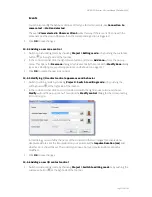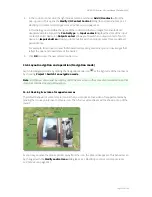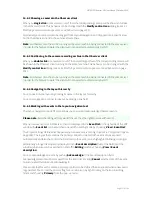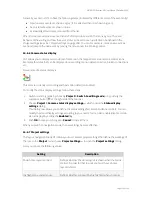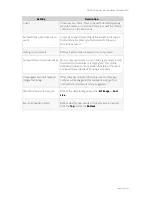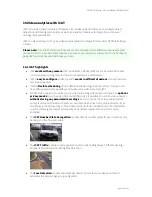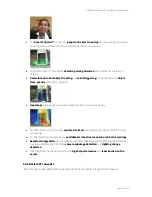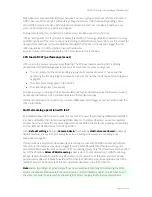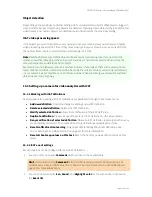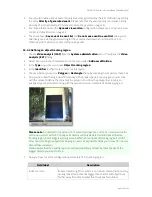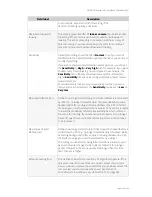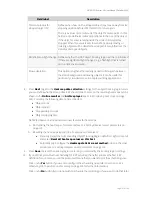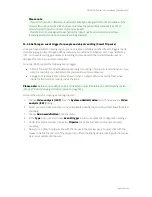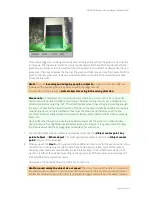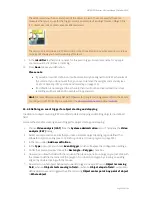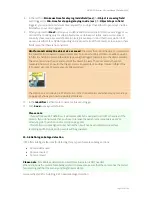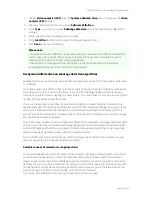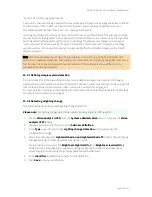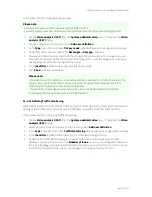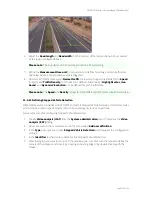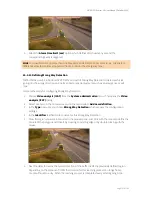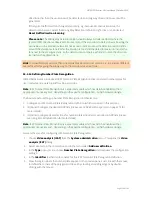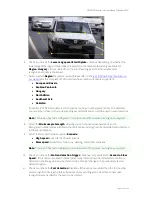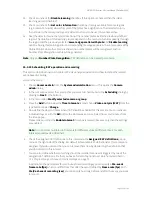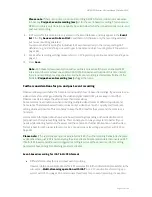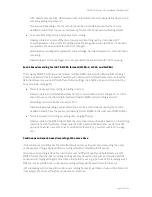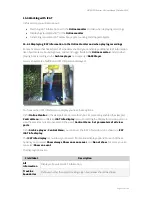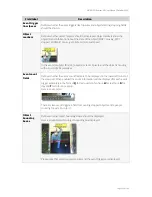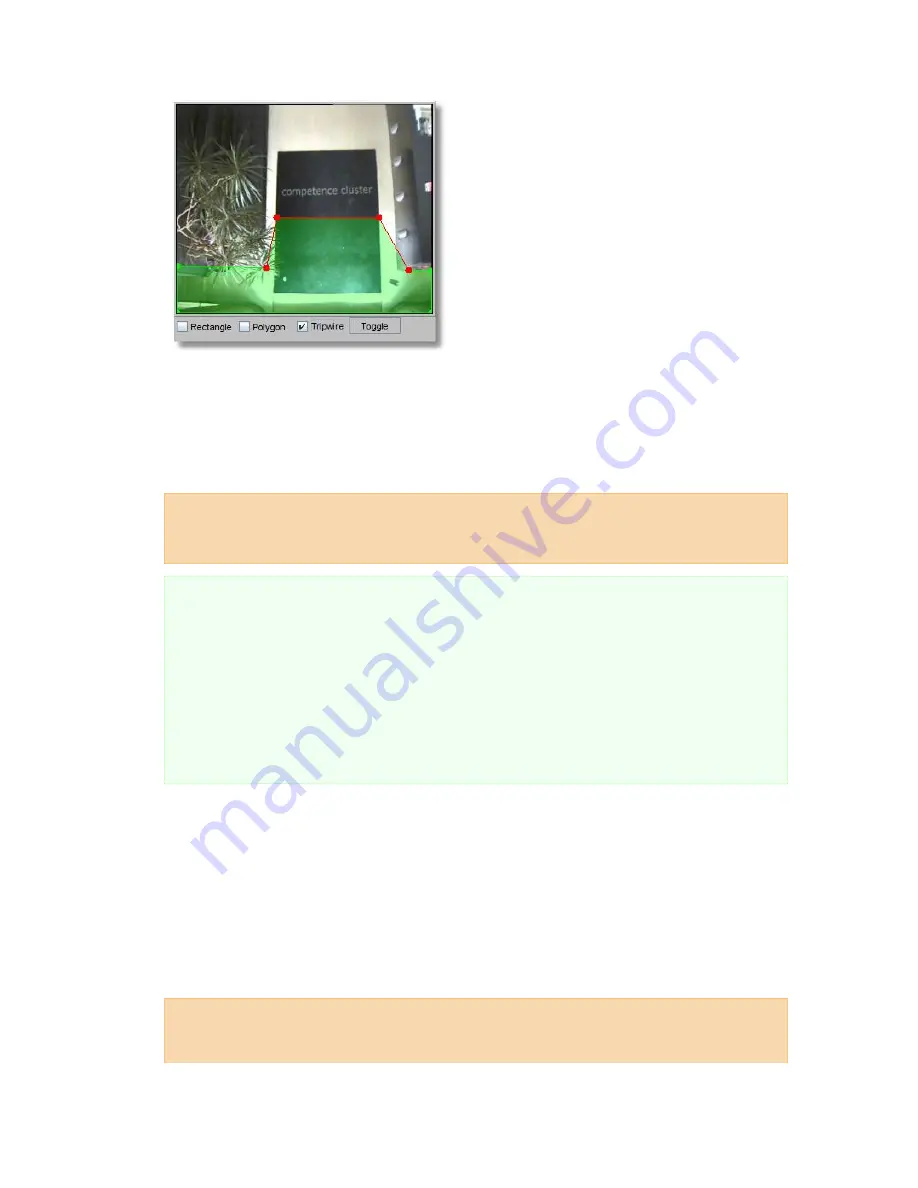
NETAVIS Observer 4.6 User Manual (October 2015)
Page 149 of 204
This tripwire triggers a counting event whenever an object moves from the green area across the
red tripwire. The tripwire is “smart” as it only counts objects that have first been detected in the
green area and move across. It would not count the object if it would first be detected in the non-
green area, then moved across the line into the green and then move across the tripwire from the
green to the non-green area. It also would not double count an object that would have moved
across the line twice.
Hints
: To count
incoming and outgoing people or objects
you would create two different
tripwires with opposite green areas which would both trigger events.
You can also use the tripwire to
detect objects moving in the wrong direction
.
Please note
: As indicated
15.2.1 Considerations for setting up a system with iCAT
on page 142
objects will only be detected after a few frames. Therefore an object can move a bit before it is
actually detected as object by iCAT. Therefore it makes sense to have the green area big enough
to allow iCAT time for the object detection. If that is not the case it might be possible that quickly
moving objects are not detected before they cross the tripwire and therefore would not be
counted. The ideal settings depend on viewed (relative) object speed and iCAT video processing
frame rate.
Do not place the tripwire too close to areas where objects exit the scene (e.g. image borders,
doors), because they might disappear before crossing the tripwire. It is a good practice to draw
the tripwire about half the average object size away from such areas.
7.
You can also define when an object is counted by either selecting
Object center point
,
Any
point of object
, or
Whole object
. The most appropriate choice in most cases
Object center
point
because of its robustness.
8.
When you push the
Next
button you can define additional constraints for the event creation. You
can limit the counting only to certain object sizes, certain aspect ratios, and a certain speed.
Currently those measures are definable in pixels (please keep in mind that the resolution iCAT
works on is either CIF or QVGA depending on the aspect ratio of the camera). Future releases of
iCAT will allow for real world measures.
Zero values in these fields mean that there is no constraint.
Hint for constraining the object size or speed
: The size is the area of the object in pixels and
the speed is also measured in pixels per second. To know what object sizes or speeds you want
to filter it is helpful to watch a few objects passing the triggers and switch on the object markers.

